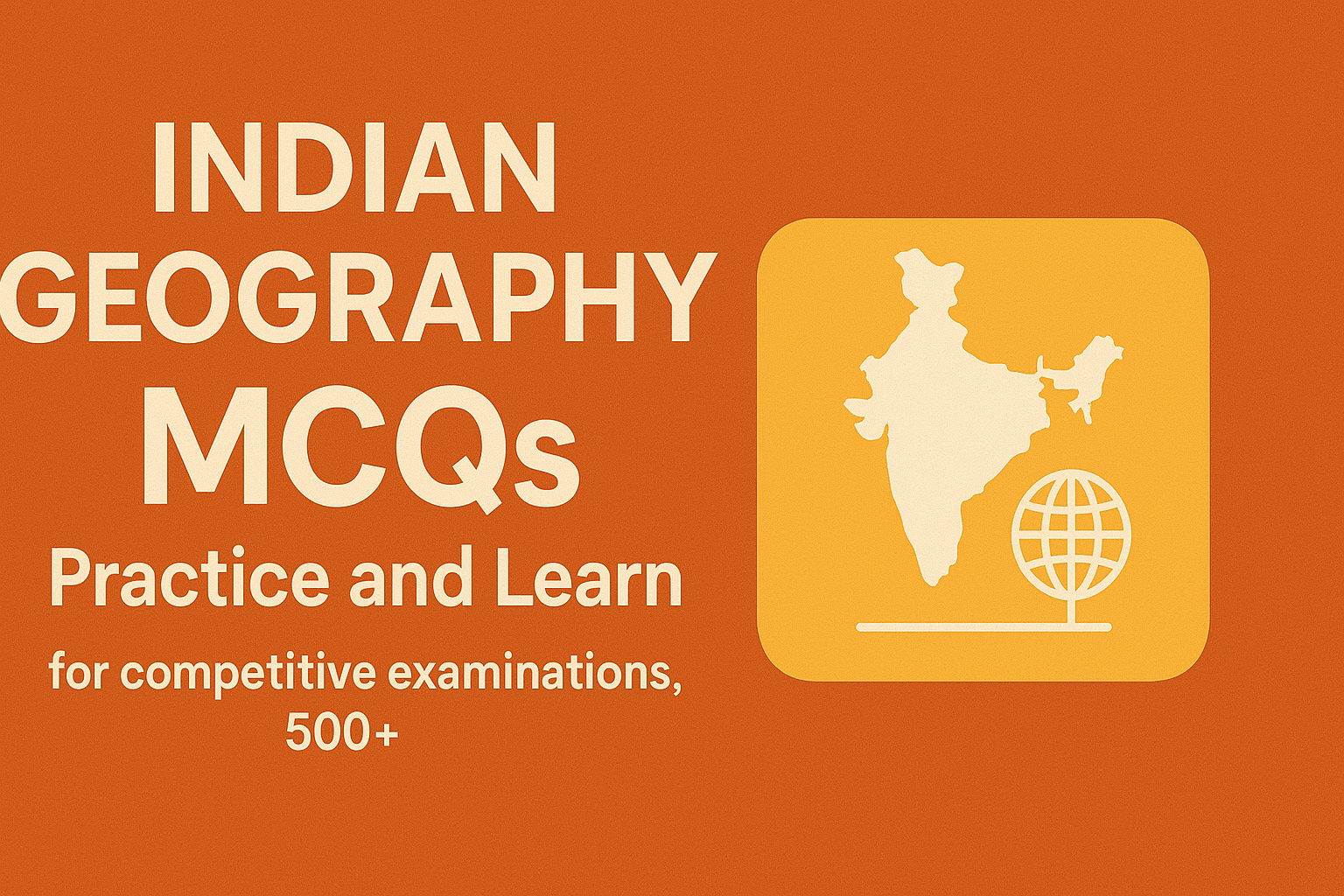
MCQ on Indian Geography
According to the sources, the river Indus originates in Tibet, near which lake?
Which of these is a group of Indian Railways recognized as a UNESCO World Heritage Site?
Where is the headquarters of the Indian Railways located?
After China, which country is the second-largest producer of raw silk in the world?
In the north-eastern states of India like Assam and Meghalaya, what is the local name for 'slash and burn' agriculture?
What is the common name for the primitive subsistence farming method where farmers clear a patch of land for cultivation?
Where does the river Kaveri (Cauvery) originate?
Which is the largest among the west-flowing rivers of Peninsular India?
The Brahmaputra River is known by what name in Tibet, where it originates?
What is the largest tributary of the Ganga river?
